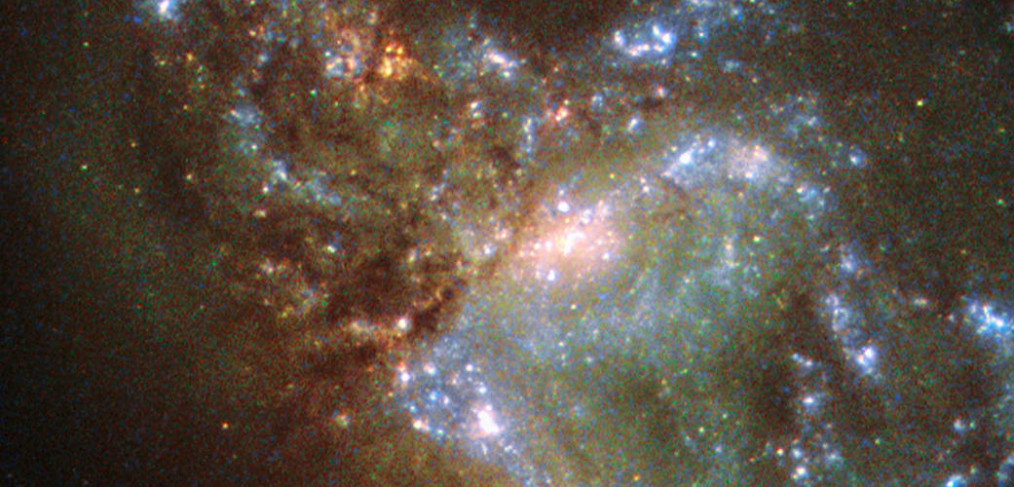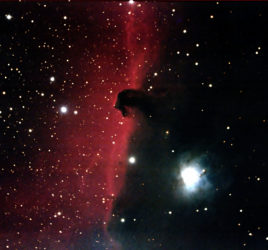
Motions in Space
How fast are things moving in space?
A seemingly innocuous question until you delve deep into what is actually happening around us. As I sit in Hawaii at 19 degrees North latitude in my comfortable desk chair, I am whizzing around the center of the Earth at about 1,100 miles per hour as the Earth rotates once in 24-hours. The center of the Earth is moving about 67,500 miles per hour as we orbit the Sun. The Sun is moving about 137 miles per second (493,200 mph) as it orbits the Milky Way galaxy. Our Milky Way galaxy is moving 69 miles per second towards the Andromeda Galaxy due to our mutual gravitational attraction. The two Galaxies are headed for a collision in about 4 billion years.
Let’s look at motions a bit closer to home.
Stuff is moving pretty fast in various motions in our local space. Man Made satellites attain orbit at about 5 miles per second at a minimum of about 160 miles above the surface of the Earth. Atmospheric drag would deorbit them quickly any lower. All satellite orbits are between 5 to 8 miles per second. Faster speeds attain higher orbits. If they exceed 8 miles per second, they escape the Earth’s gravity and begin interplanetary travel. The faster they go, the farther they can go from the Sun’s gravitational pull. To get to Mars, we need to speed up to 13.43 miles per second. Faster still to get out to Jupiter: 13.62 miles per second.
Meteors and Asteroids
They mostly orbit between Jupiter and Mars. To approach Earth, they are perturbed into falling towards the Sun. That increases their speed relative to the Earth. As we observe the streaks of light left in our atmosphere by the vaporizing meteors, we measure anywhere from 7 miles per second to 45 miles per second. The Earth accumulates about 60 tons of meteors every 24 hours.
So, am I really sitting still? It is all relative and depends on your frame of reference.



